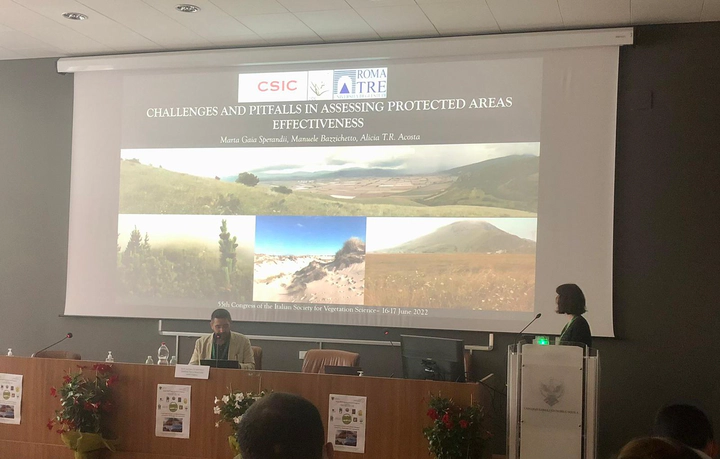Challenges and pitfalls in assessing protected areas effectiveness (invited talk)
 Image credit: Manuele Bazzichetto
Image credit: Manuele BazzichettoAbstract
Protected areas are recognized as the cornerstone of global conservation efforts, yet their effectiveness in safeguarding biodiversity is currently debated. Specifically, in spite of a number of studies focused on measuring representativeness (e.g. how many species do protected areas host as opposed to non-protected areas), evaluations of biodiversity outcomes are mostly lacking. The most important reasons for that include conceptual and terminological confusion surrounding the definition of effectiveness, as well as difficulties in its measurement. In turn, this is due to the lack of fine temporal field data, but also to uncertainties related to defining objectives and choosing the correct indicators. Finally, the absence of experimental designs requires us to undergo a thoughtful pre-processing and analysis of observational data, which often implies borrowing tools from other scientific disciplines. After introducing basic concepts and highlighting potential pitfalls in performing outcome-based evaluations of protected areas effectiveness, we will present a case study on Mediterranean coastal dunes, currently listed among the most threatened ecosystems on Earth. Results did not reveal substantial differences between protected and non-protected areas, highlighting the importance of overcoming mere legal existence and incorporating effective management to achieve the target of maintaining and/or improving the conservation status of these fragile habitats. All in all, our findings call for extending similar analyses to additional habitats, thereby assessing the actual contribution of protected areas to safeguarding biodiversity in the context of an adaptive management strategy.